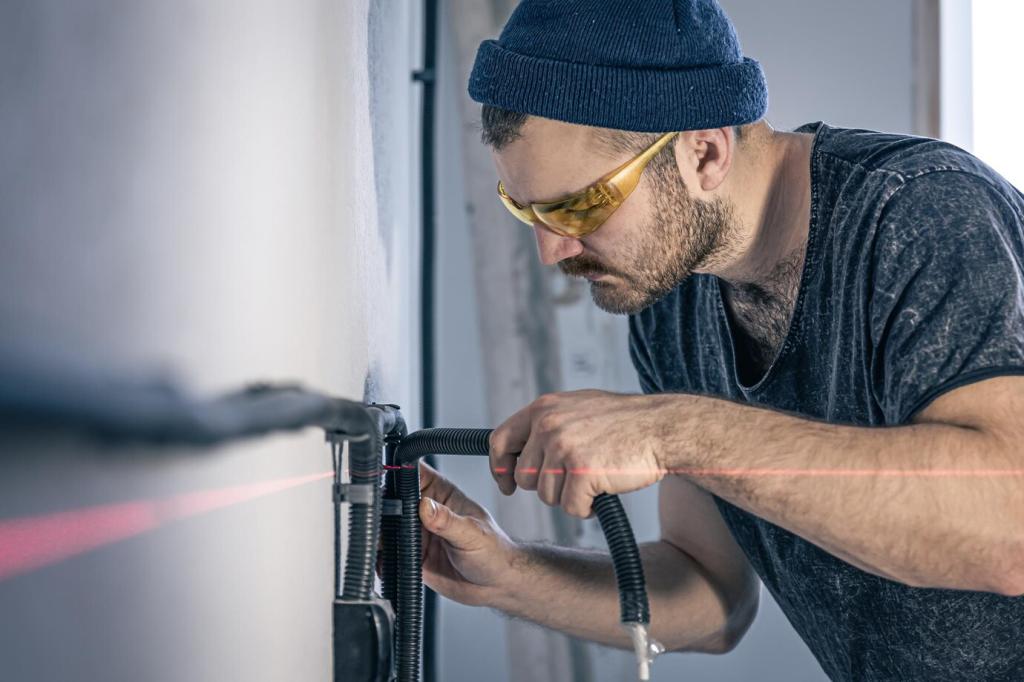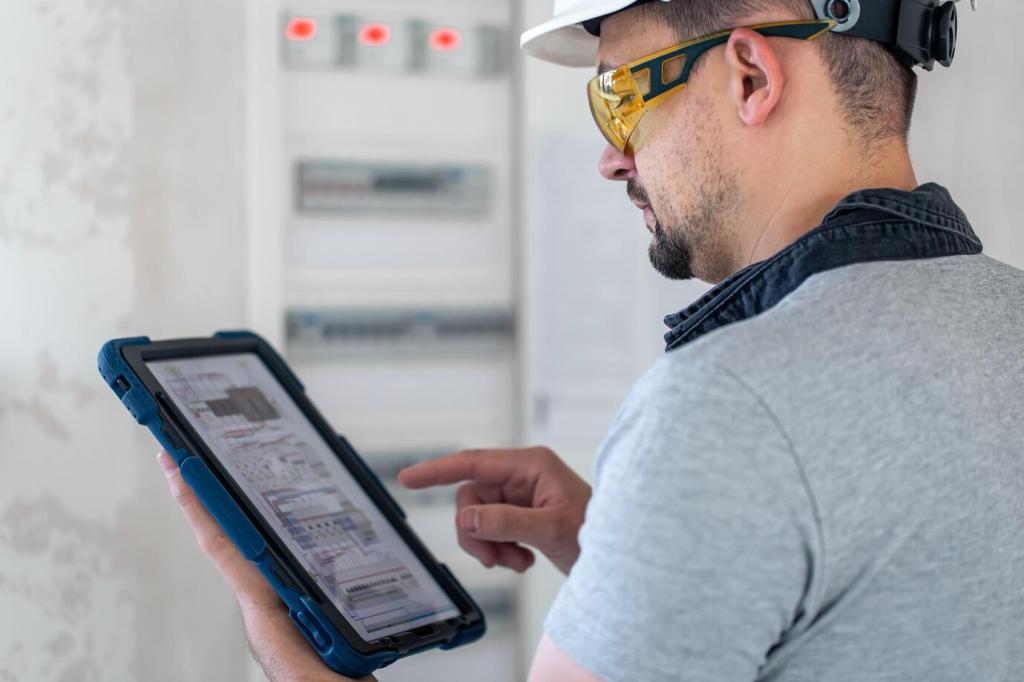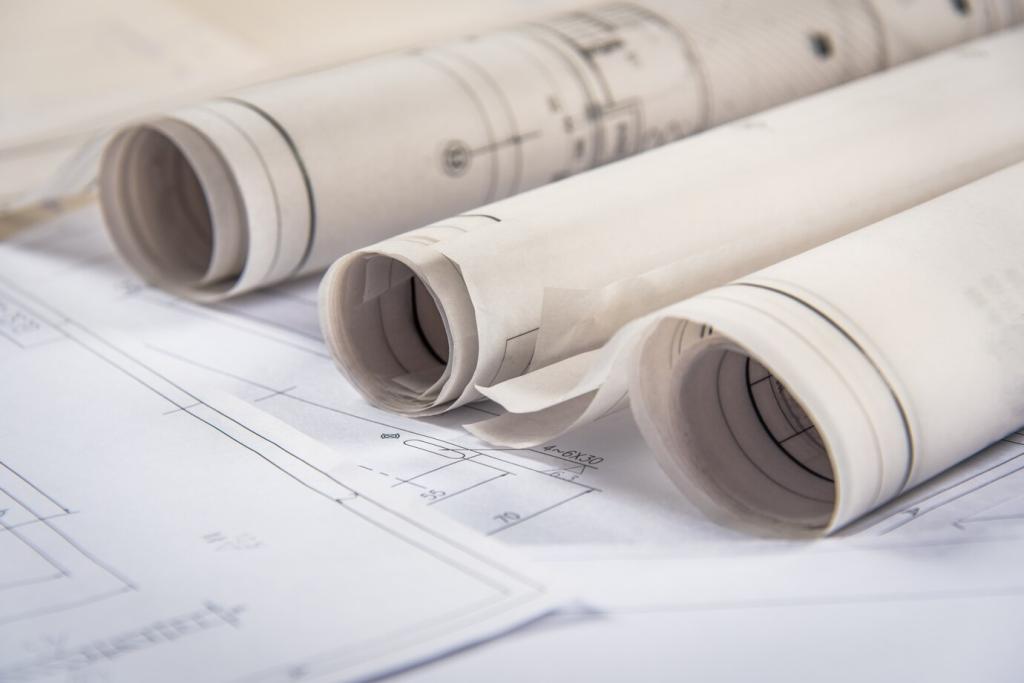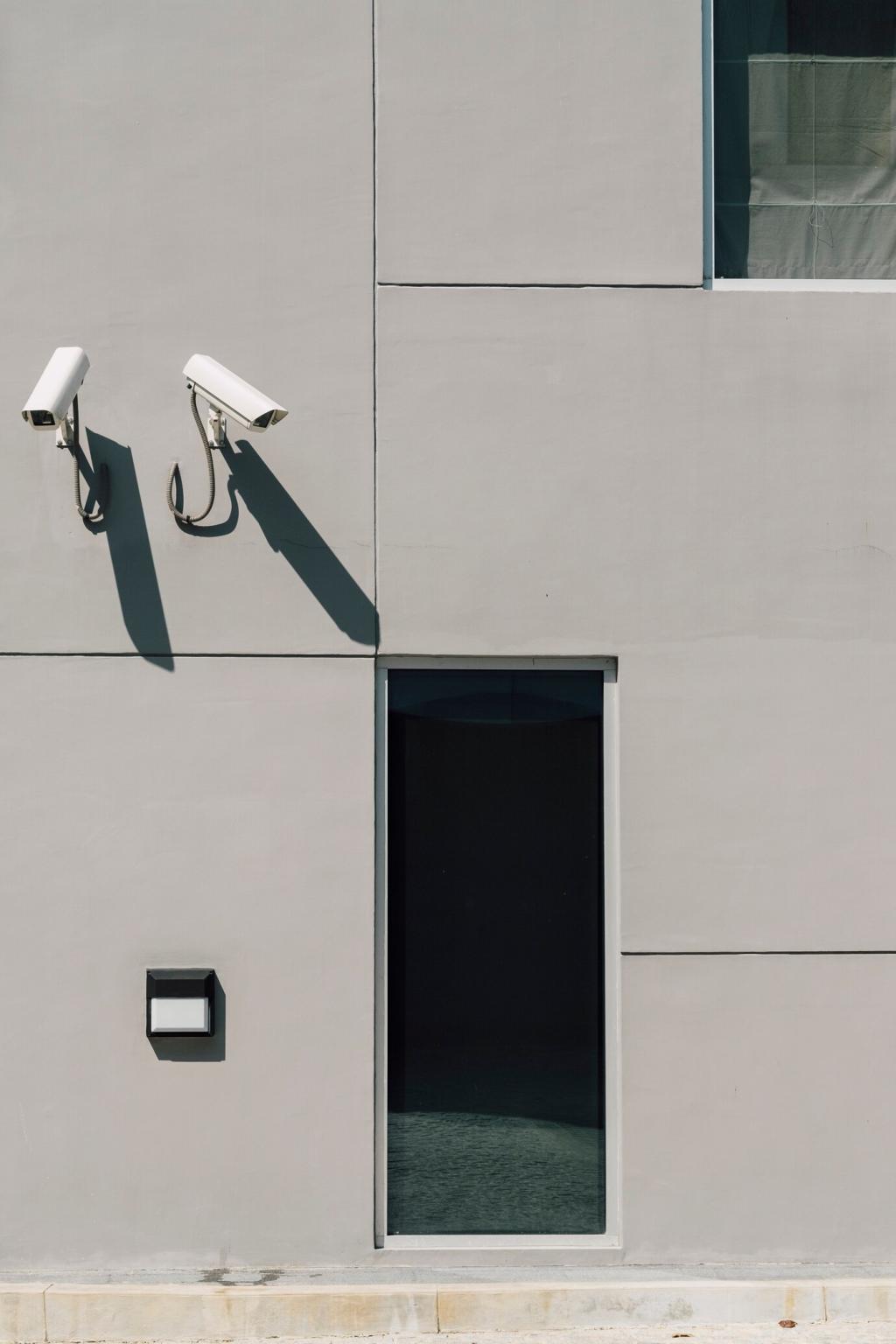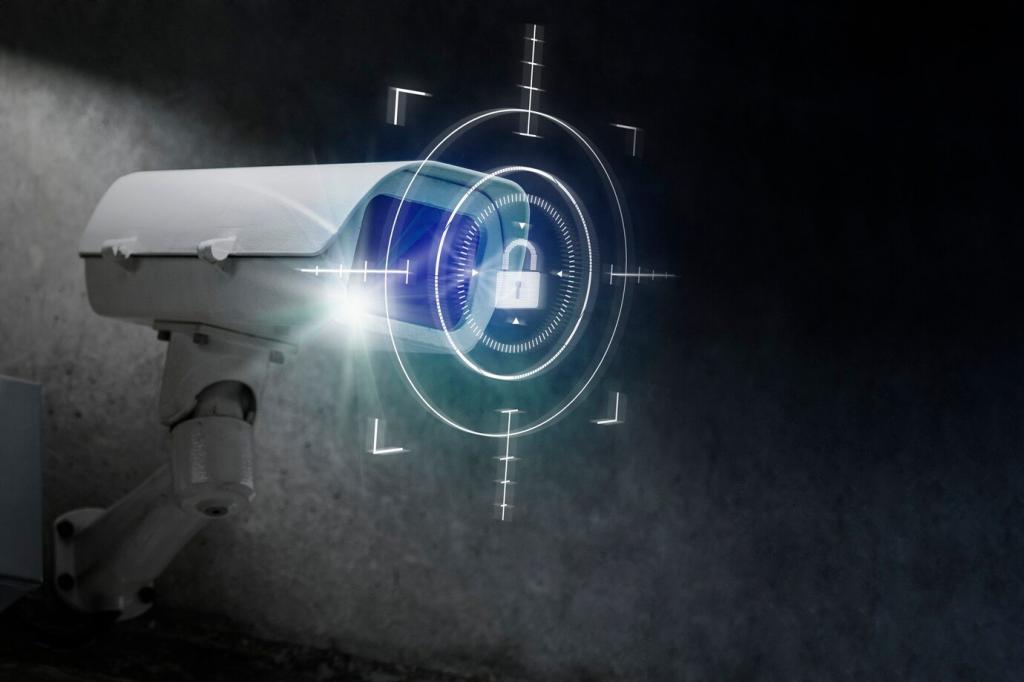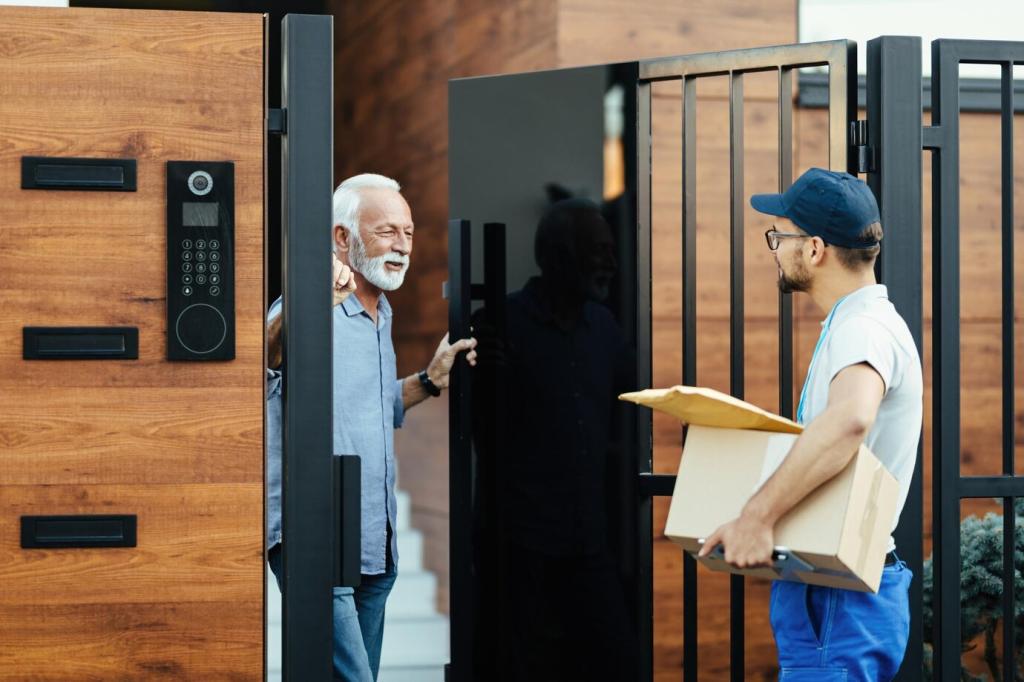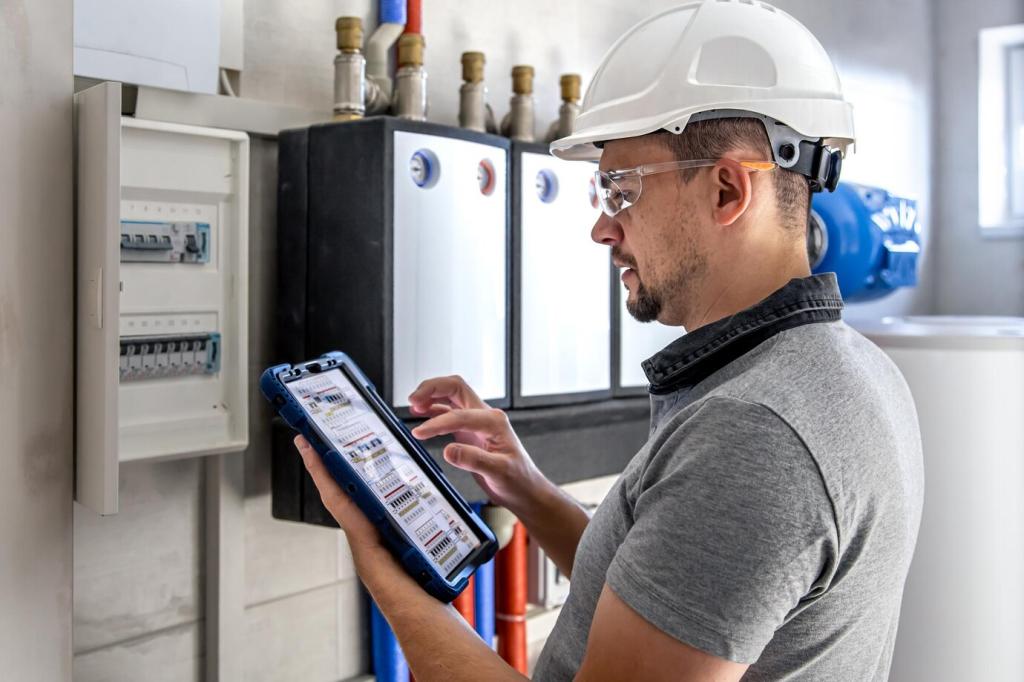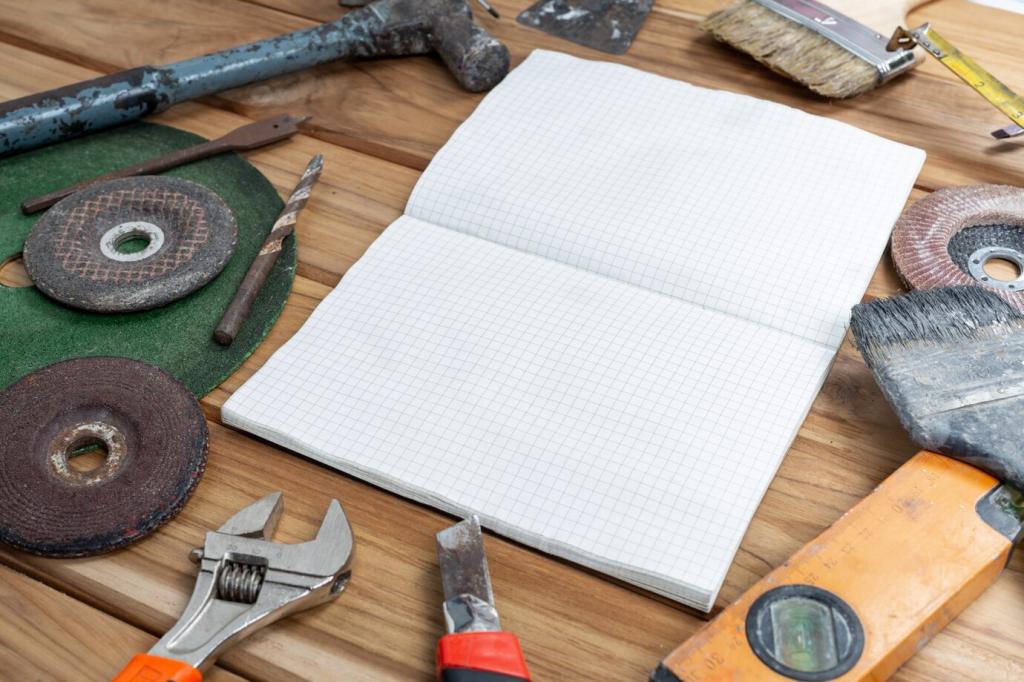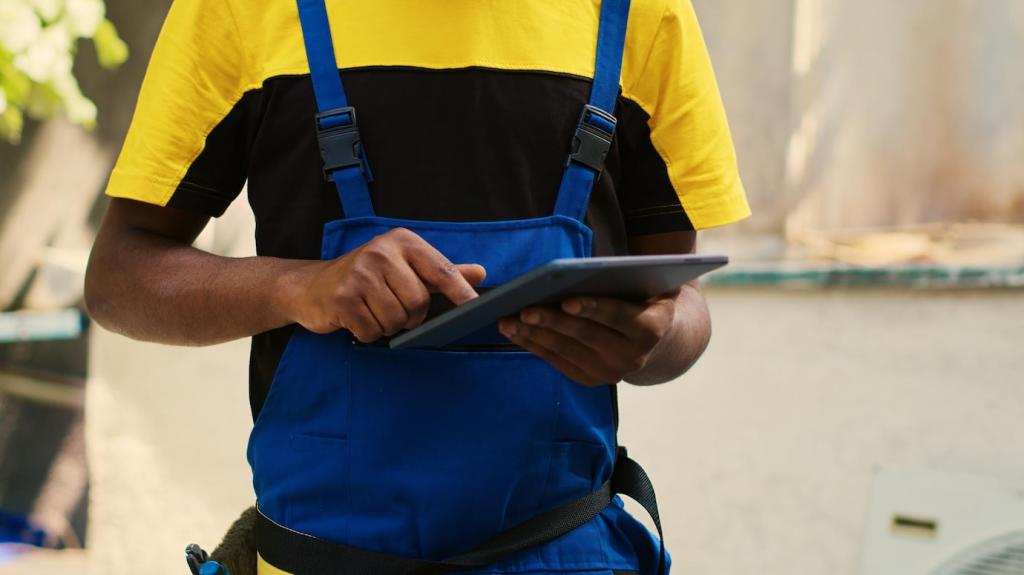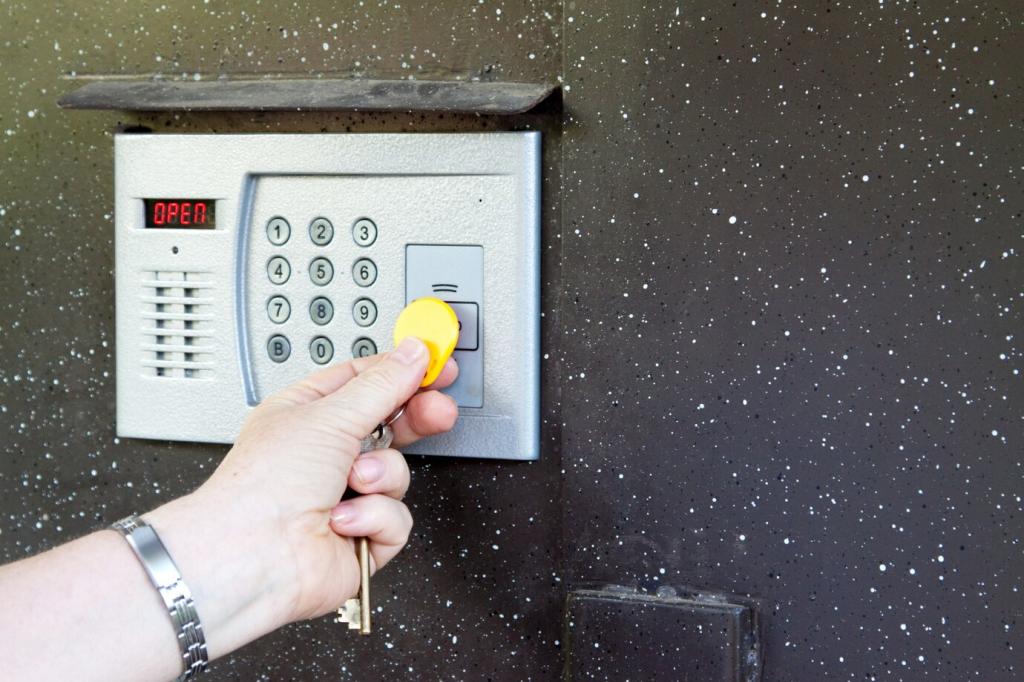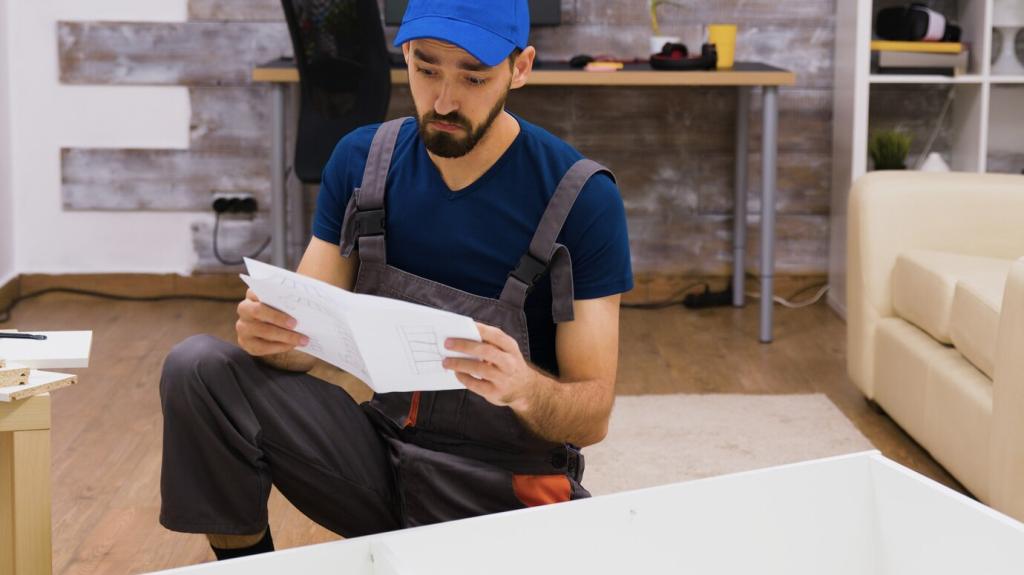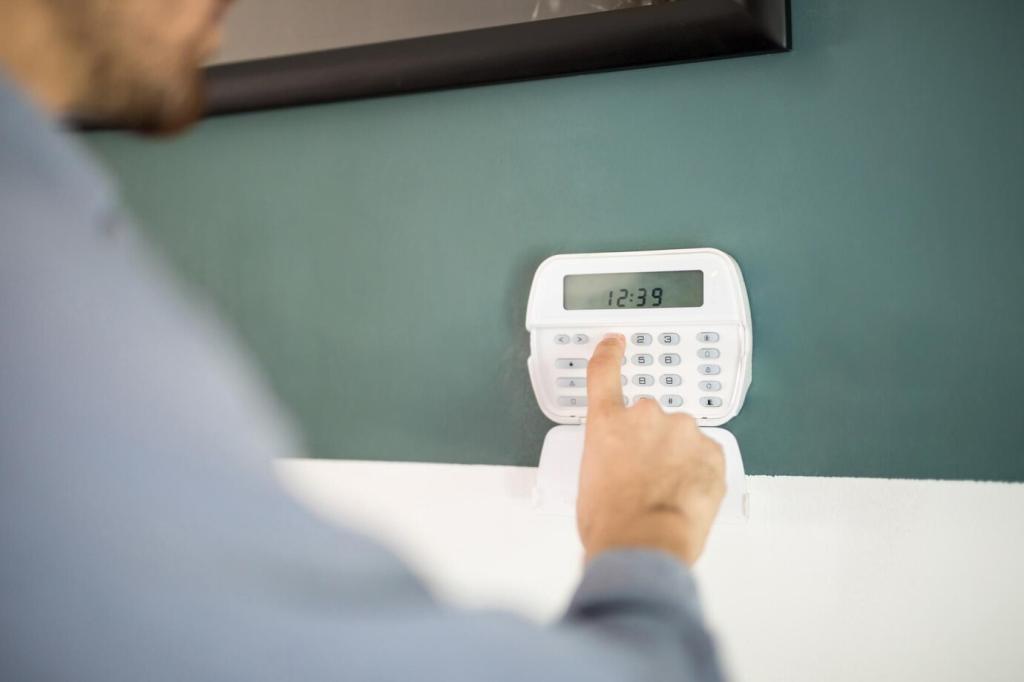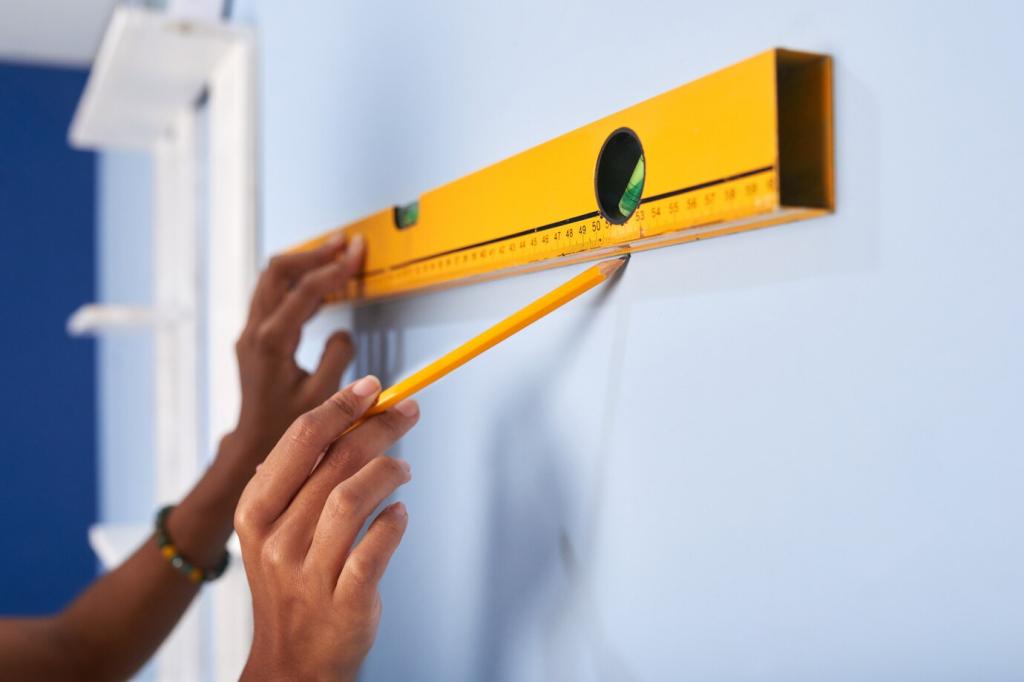Planning Placement: Accessibility, Concealment, and Structure
Concrete slabs offer strong anchoring with expansion bolts, while wood floors may need added blocking or a steel base plate. Verify joist directions and spacing, mind water lines and wiring, and confirm you can drill safely. A stable base is the difference between a deterrent and a toppled box.
Planning Placement: Accessibility, Concealment, and Structure
Hide in plain sight, but do not bury access. Behind utility shelving, inside a closet corner, or within a reinforced cabinet can work well. Avoid master bedrooms and obvious office spots. If daily access is required, prioritize ergonomic reach and lighting so you are never tempted to skip actually using it.

